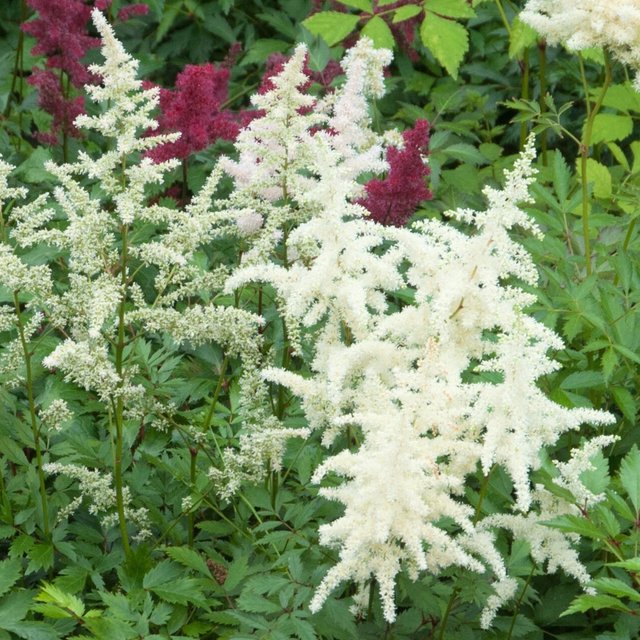Astilbe flower plant: its luminosity truly shines
In the dappled embrace of the garden's shadier corners, where many blooms fear to tread, the Astilbe unfurls its quiet magic. Often called "false spirea" for its resemblance to the shrub's feathery flowers, this perennial jewel emerges as a beacon of delicate beauty, transforming dim spaces into vibrant tapestries.
Its most captivating feature is undoubtedly its plumes. Rising on slender, arching stems, these inflorescences are not single flowers but rather countless tiny blossoms clustered into soft, airy spires. Imagine a gentle mist, crystallized into form: frothy, ethereal, and utterly enchanting.
They grace the summer garden in a spectrum of breathtaking hues—from the palest blush pinks and purest whites to vivid fuchsias, fiery reds, and deep, regal purples. Each color brings its own personality, whether it's the serene calm of 'Deutschland' (white) or the passionate intensity of 'Fanal' (red).
Beyond the spectacular bloom, Astilbe offers attractive, fern-like foliage that provides interest even when not in flower. Many varieties boast deeply cut leaves, often emerging with a bronze tint before maturing to a rich green, adding texture and depth to the understory.
Thriving in moist, well-draining soil and a preference for part-shade to full shade, Astilbe is a godsend for those challenging spots beneath trees or on the north side of a house, where its luminosity truly shines.
Relatively low-maintenance and notably deer-resistant, this resilient plant is a natural for woodland gardens, cottage borders, or even container plantings, where its graceful form can be enjoyed up close.
Astilbe is more than just a flower; it's a whisper of elegance, a soft explosion of color that proves beauty thrives even in the shadows.

